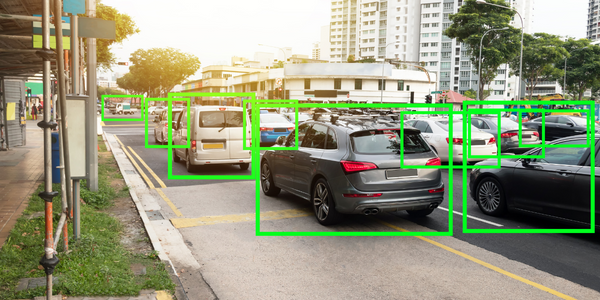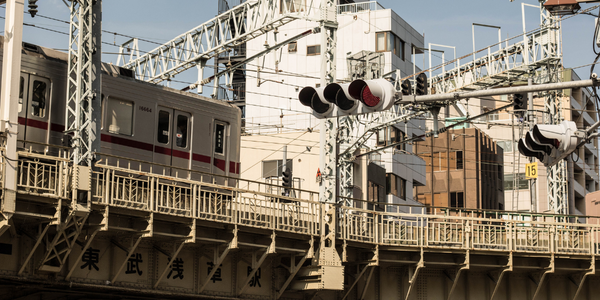жҷәж…§еҹҺеёӮиҝҗиҗҘ

жҰӮиҝ°
жҷәж…§еҹҺеёӮиҝҗиҗҘеҢ…жӢ¬е®һзҺ°жҷәж…§еҹҺеёӮжҰӮеҝөжүҖйңҖзҡ„дёҖзі»еҲ—и§ЈеҶіж–№жЎҲпјҢйҖҡиҝҮе°ҶдҝЎжҒҜе’ҢйҖҡдҝЎжҠҖжңҜдёҺдј ж„ҹеҷЁе’ҢиҝһжҺҘи®ҫеӨҮзӣёз»“еҗҲпјҢд»ҘдјҳеҢ–еҹҺеёӮиҝҗиҗҘе’ҢжңҚеҠЎзҡ„ж•ҲзҺҮгҖӮжҷәж…§еҹҺеёӮжҠҖжңҜдҪҝеҹҺеёӮе®ҳе‘ҳиғҪеӨҹдёҺзӨҫеҢәжҲҗе‘ҳе’ҢеҹҺеёӮеҹәзЎҖи®ҫж–ҪиҝӣиЎҢдә’еҠЁпјҢ并е®һж—¶зӣ‘жҺ§еҹҺеёӮжғ…еҶөгҖӮеҜ№еҹҺеёӮз®ЎзҗҶиҖ…зҡ„еҘҪеӨ„еҢ…жӢ¬е®һж—¶и·ҹиёӘеҹҺеёӮдёӯзҡ„дәӢ件гҖҒз®ЎзҗҶжӢҘе өгҖҒжҸҗй«ҳиҝҗиҗҘж•ҲзҺҮгҖҒеҮҸе°‘зҙ§жҖҘе“Қеә”ж—¶й—ҙд»ҘеҸҠе®һзҺ°иҝңзЁӢз®ЎзҗҶгҖӮзҺ°д»Ји§ЈеҶіж–№жЎҲж—ЁеңЁе°ҶжүҖжңүеҹҺеёӮж•°жҚ®йӣҶжҲҗеҲ°дёҖдёӘд»ӘиЎЁжқҝдёӯгҖӮиЎЎйҮҸеҺҶеҸІе’ҢеҪ“еүҚ KPI д»ҘиҝӣиЎҢз»©ж•ҲиҜ„дј°е’Ңе·®и·қеҲҶжһҗпјҢ并规еҲ’жңӘжқҘзҡ„еҹәзЎҖи®ҫж–Ҫе’ҢжңҚеҠЎжҠ•иө„гҖӮ
йҖӮз”ЁиЎҢдёҡ
- иҝҗиҫ“
- иғҪжәҗ
- е»әзӯ‘дёҺжҘје®Ү
йҖӮз”ЁеҠҹиғҪ
- е…¶д»–
жЎҲдҫӢз ”з©¶.

Case Study
Wireless System for Vehicle Detection in Public Lighting Actuation
Always seeking innovation, BH Technologies was studying an energy saving solution for its public lighting equipment. The company based in Grenoble (France) wanted a simple and autonomous system with high-level accuracy vehicle detection to be integrated with its public lighting control solution.

Case Study
City of Tokyo Metropolitan Highway Line
The city needed a low maintenance, highly reliable communications system that was sufficiently robust for the delivery of constant updates to the kiosks. One of the problems facing the developers was that the environment in which these connections are maintained runs the gamut: under roadways and rail lines, next to hot cabling in the transit system through a variety of soil and wetness conditions. Depending on weather conditions, the transmission capabilities of the various physical media can vary widely.

.png)
